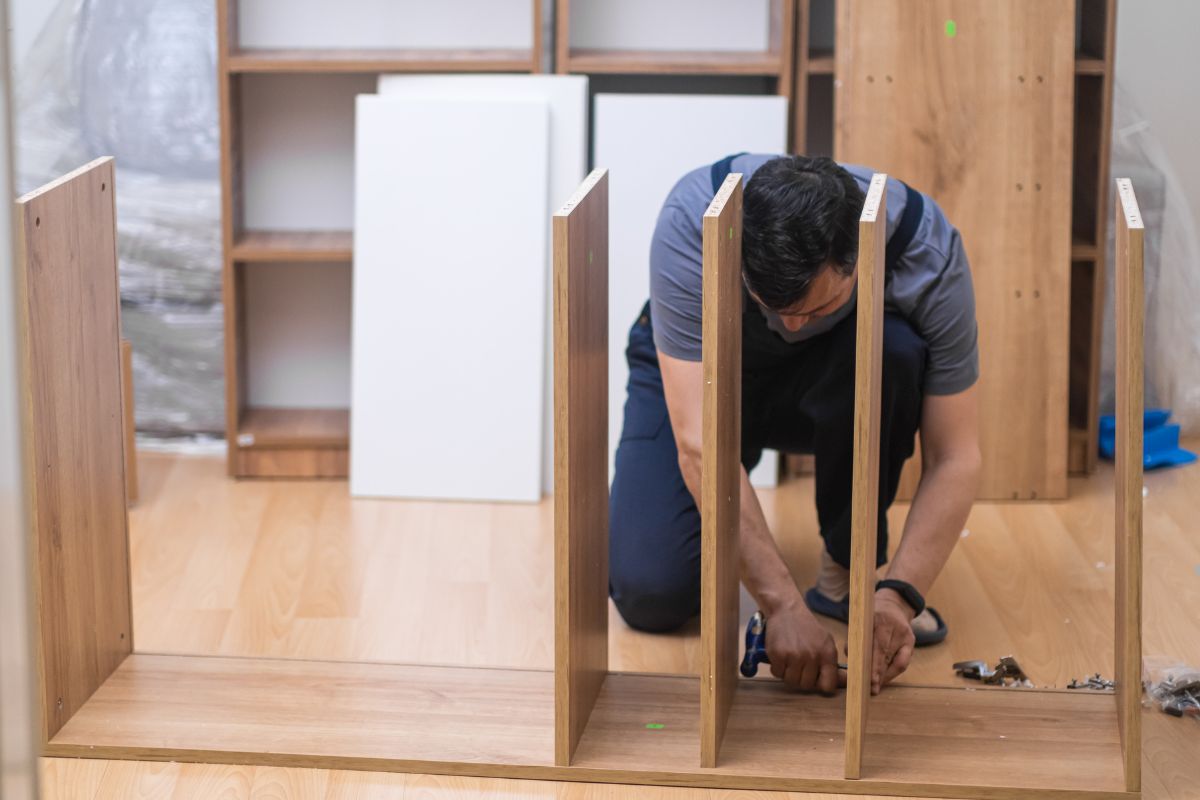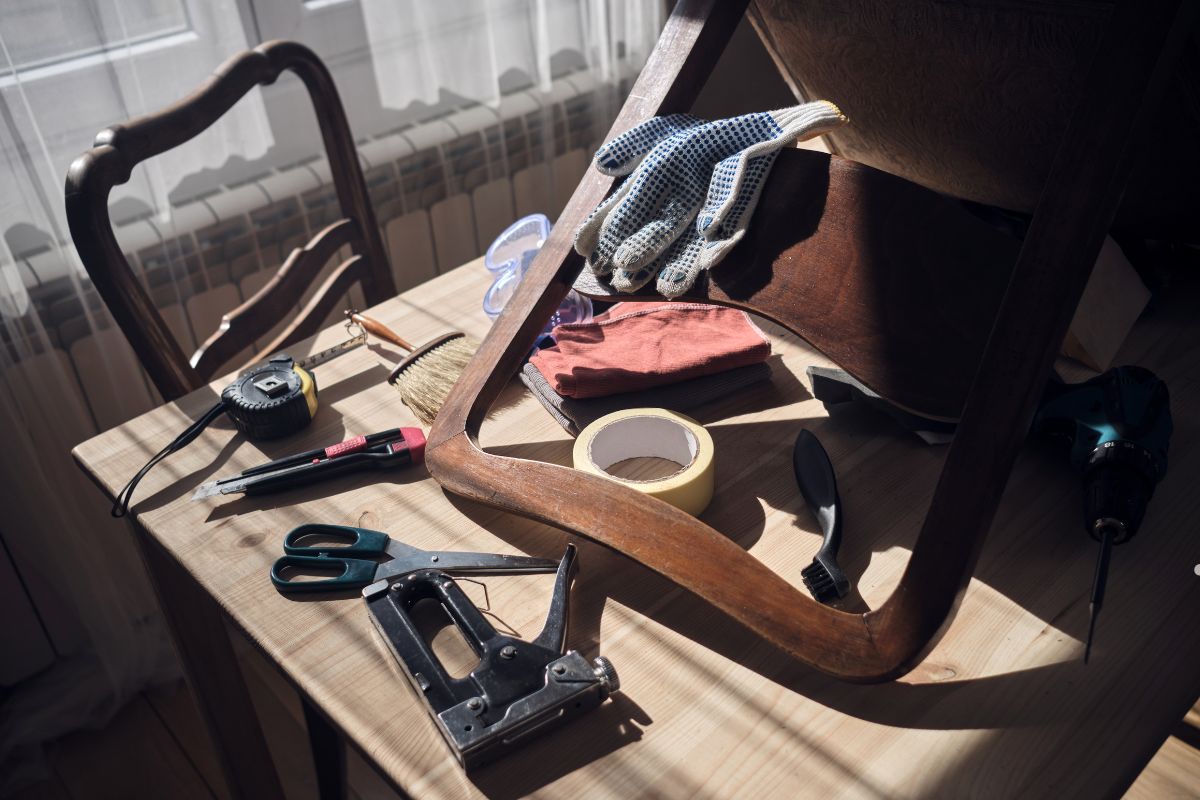
The short answer? Furniture restoration timelines vary greatly! It can range from a few days for minor touch-ups to several weeks (or even months) for extensive antique restoration. The exact duration depends on the type of furniture, the severity of the damage, and the complexity of the restoration work required. This article breaks down the factors influencing restoration time, giving you a realistic expectation for your San Francisco furniture project.
Factors Affecting Restoration Time

Several key factors play a role in determining how long your furniture restoration will take. Understanding these elements will help you better anticipate the timeline and appreciate the craft involved. Learn more about antique repair.
Type of Furniture
Different materials and construction methods require varying approaches. A delicate antique chair demands significantly more care and time than a modern piece.
- Wood Furniture: Scratches, dents, and water damage are common issues. The time required depends on the type of wood, the finish, and the extent of the damage. Learn more about damage repair.
- Upholstery: Replacing fabric, repairing cushions, and addressing frame issues contribute to the timeline. The size and complexity of the upholstered piece also matter.
- Antiques: Restoring antiques is often more time-consuming due to their delicate nature, unique materials, and the need for historically accurate repairs.
Need a furniture expert? Don’t let damaged furniture ruin your home’s look.
Call Us now for a free consultation and estimate!
Extent of Damage
Superficial scratches are a quick fix, while deep gouges, broken joints, or extensive water damage require more intensive labor.
The following may affect furniture restoration:
- Minor Scratches and Dents: Relatively quick to address, often within a few days.
- Water Damage: Requires careful drying, cleaning, and potentially structural repairs, extending the timeline.
- Broken Legs or Frames: Involve disassembly, repair, and reassembly, demanding more time and expertise.
Restoration Complexity
Simple repairs, such as tightening a screw or applying touch-up paint, can be completed quickly. However, if your furniture needs substantial structural work, veneer replacement, or intricate carving restoration, expect a longer turnaround.
Don’t wait! transform your old furniture back to its original glory.
Availability of Materials
Sourcing the correct materials can sometimes cause delays, especially when dealing with antique furniture that requires specific fabrics, finishes, or replacement parts. If a specific material is difficult to source this can significantly impact the time.
Finishes and Treatments
The finishing process, whether staining, painting, varnishing, or applying a protective coating, takes time. Each coat needs to dry and cure properly for a durable and beautiful result. Special treatments, such as pest control for antique wood, may also be necessary. Given San Francisco’s climate, mildew prevention treatments are something you may want to get.
Typical Furniture Restoration Timelines

While every project is unique, here are some general guidelines for restoration timelines:
Minor Repairs (Scratches, Dents)
Expect these repairs to take a few days to a week. This includes cleaning, filling, sanding, and applying a matching finish.
Is your furniture looking dull? Call Us for a professional touch up.
Upholstery Cleaning & Repair
Basic cleaning might take a few days, while replacing fabric or repairing cushions can take one to two weeks, depending on the size and complexity of the piece.
Structural Repairs (Broken Legs, Frames)
These repairs often involve disassembly, repair, gluing, clamping, and reassembly. Expect a timeline of one to three weeks, depending on the extent of the damage and the furniture’s construction.
Full Restoration of Antiques
Antique restoration requires meticulous attention to detail and historical accuracy. This process can take several weeks to months, depending on the furniture’s condition, the complexity of the repairs, and the availability of original materials or suitable replacements.
Finding a Reputable Furniture Restoration Service
Choosing the right restoration service is crucial for achieving the best results. Look for a company with experienced craftsmen, a proven track record, and a commitment to quality. Check online reviews, ask for referrals, and request a detailed estimate before entrusting your valuable furniture to anyone.
Frequently Asked Questions
How do I get a precise estimate for my furniture restoration project?
The best way to get an accurate estimate is to contact us for a consultation. We will assess your furniture, discuss your restoration goals, and provide you with a detailed estimate outlining the scope of work and the estimated timeline.
Is it more cost effective to repair my old furniture instead of buying new?
In many cases, restoring furniture is more cost-effective than buying new, especially if the piece has sentimental value or is of high quality. Restoration also allows you to preserve a unique piece and avoid contributing to furniture waste.
What signs indicate my furniture needs professional restoration?
Common signs include loose joints, broken legs, damaged upholstery, faded finishes, water damage, and pest infestations. If you notice any of these issues, it’s best to consult a professional restorer.
How often should I have my furniture professionally cleaned?
For upholstery, professional cleaning every 12-18 months is recommended, especially in San Francisco’s damp climate. Regular cleaning helps remove dirt, allergens, and mildew, prolonging the life of your furniture.
What type of furniture is most suitable for restoration?
Solid wood furniture, antiques, and upholstered pieces with sturdy frames are generally good candidates for restoration. However, even more modern pieces can be successfully restored if they have sentimental value or are structurally sound.
Conclusion
Furniture restoration is an investment in preserving the beauty and value of your cherished pieces. While the timeline can vary, understanding the factors involved will help you manage your expectations and appreciate the craft of restoration. If you have furniture in need of restoration, contact us today for a consultation and let us bring your pieces back to life!
